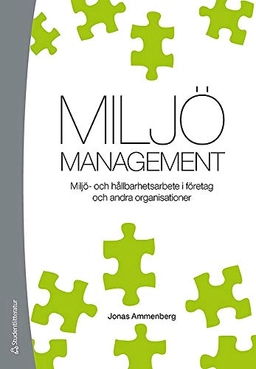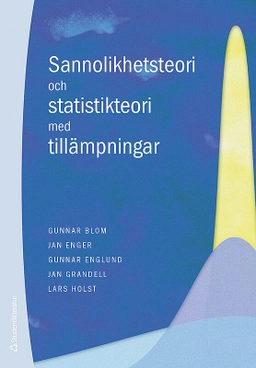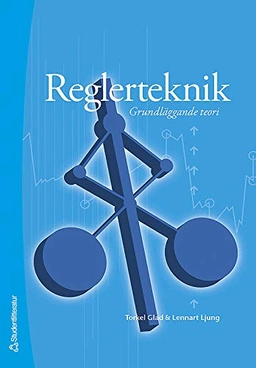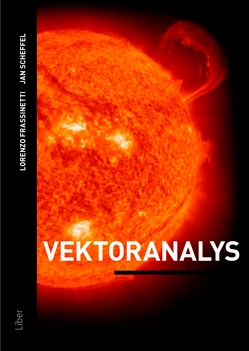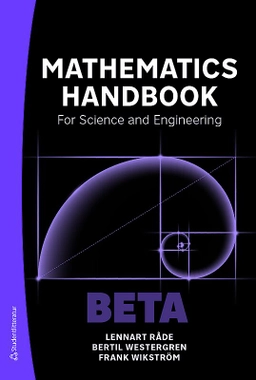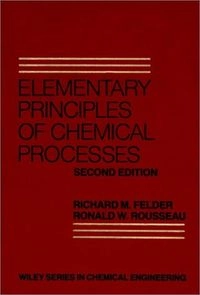

Elementary principles of chemical processesUpplaga 2
- Upplaga: 2a upplagan
- Utgiven: 1986
- ISBN: 9780471873242
- Sidor: 688 st
- Förlag: Wiley
- Språk: Engelska
Om boken
Åtkomstkoder och digitalt tilläggsmaterial garanteras inte med begagnade böcker
Mer om Elementary principles of chemical processes (1986)
1986 släpptes boken Elementary principles of chemical processes skriven av Richard M. Felder. Det är den 2a upplagan av kursboken. Den är skriven på engelska och består av 688 sidor. Förlaget bakom boken är Wiley.
Köp boken Elementary principles of chemical processes på Studentapan och spara pengar.
Referera till Elementary principles of chemical processes (Upplaga 2)
Harvard
Oxford
APA
Vancouver
